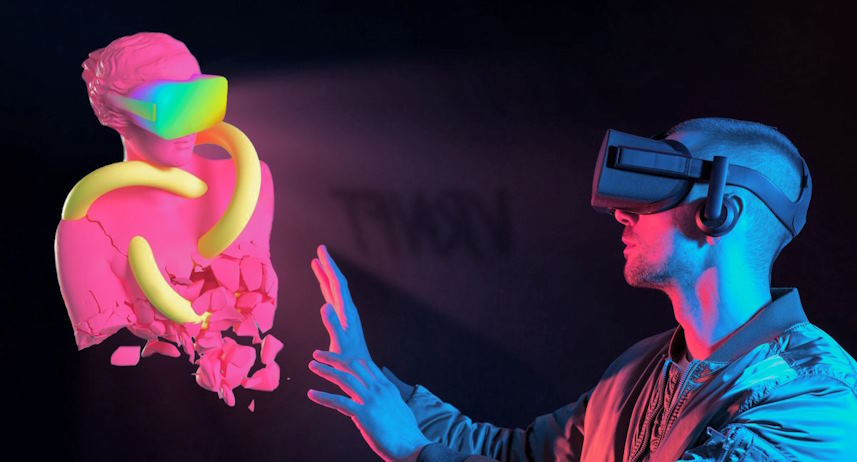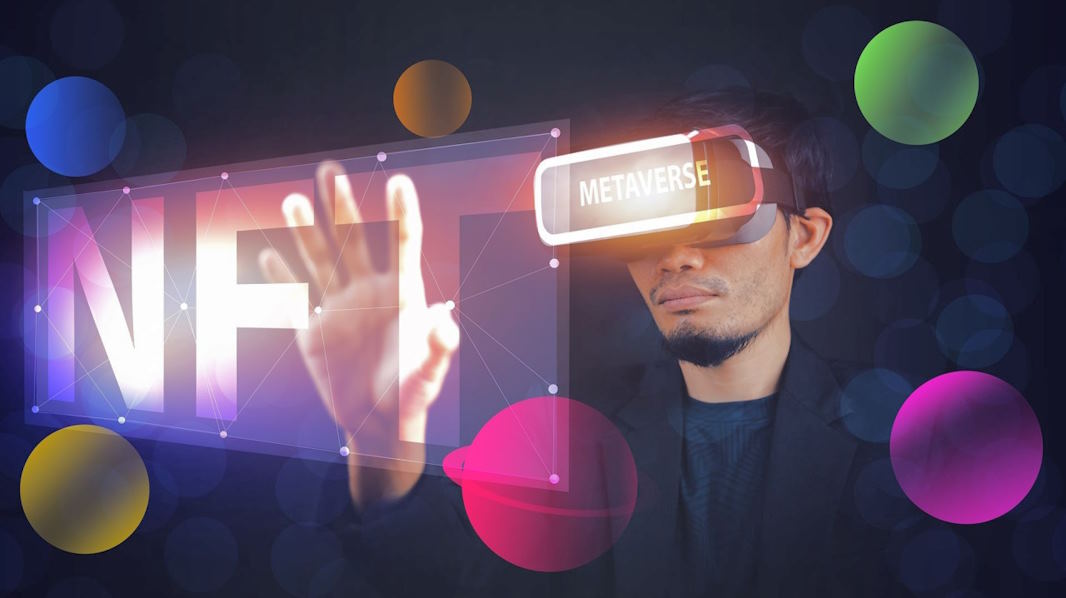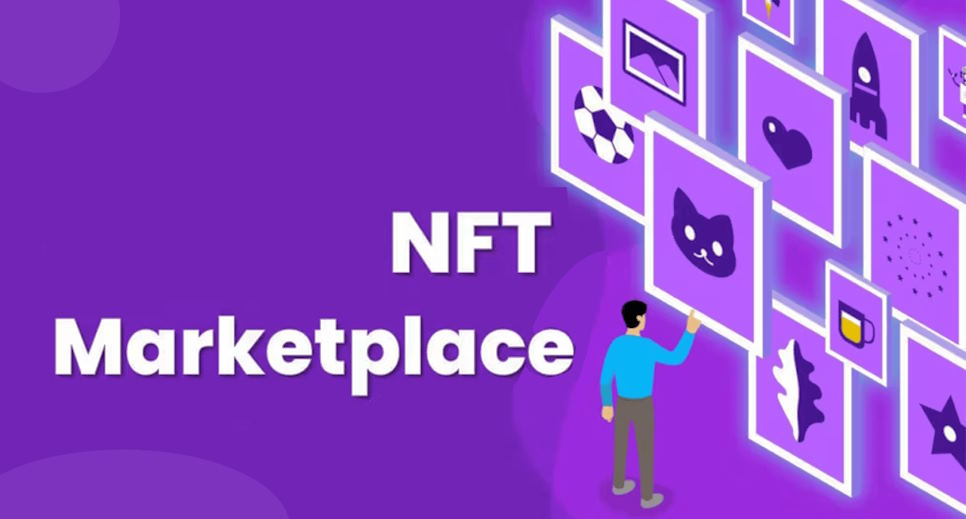As technology evolves at an unprecedented pace, the fusion of innovation often sparks transformative outcomes that challenge conventional paradigms. This is precisely the case with the intersection of Non-Fungible Tokens (NFTs) and Virtual Reality (VR), two groundbreaking concepts that have independently disrupted their respective domains. NFTs have introduced a novel dimension to digital ownership by providing a secure and verifiable way to represent ownership of unique items using blockchain technology. On the other hand, Virtual Reality has transported users into immersive digital realms, redefining human interaction, entertainment, education, and even therapy. In a remarkable convergence, NFTs and VR are intertwining to unlock new possibilities, from tokenized virtual real estate and art galleries to entirely new economic models within virtual worlds.
Non-Fungible Tokens: Unleashing Digital Ownership
NFTs have ushered in a new era of digital ownership, challenging the long-standing notion that digital assets are easily replicable and interchangeable. At the heart of NFTs lies their uniqueness and indivisibility, enabled by blockchain technology. Through token standards such as ERC-721 and ERC-1155, creators can mint tokens representing anything from digital art pieces and collectibles to virtual real estate parcels. The NFT market has burgeoned into a thriving ecosystem, enabling artists, musicians, and even meme creators to monetize their creations like never before. The scarcity and provenance guaranteed by NFTs have ignited a fervor among collectors, driving prices to astonishing heights and infusing a new sense of value into the digital realm.

Virtual Reality: Building Immersive Worlds
Virtual Reality is more than just a technological novelty; it’s a paradigm shift in how we experience the digital universe. VR headsets transport users into three-dimensional, fully immersive environments, effectively blurring the line between the physical and digital worlds. Originally rooted in gaming, VR has expanded its reach into fields such as education, architecture, therapy, and even virtual tourism. The power of immersion lies in its ability to evoke genuine emotions and visceral reactions, whether it’s the awe of exploring fantastical landscapes or the adrenaline rush of a simulated adventure. As VR technology becomes more accessible, the potential for transformative applications across industries becomes increasingly evident.
The Convergence: NFTs Meet VR
The amalgamation of NFTs and VR has given rise to a synergy that amplifies the potential of both technologies. NFTs are no longer confined to two-dimensional digital art; they now extend into the virtual realm, allowing for the ownership of digital spaces, architecture, and in-game items. Virtual real estate, once an abstract concept, can now be tokenized and traded, with ownership enshrined on the blockchain. Virtual art galleries and museums showcase NFT-based artwork, offering a unique fusion of the physical and digital art worlds. Through this convergence, creators are empowered to not only craft immersive experiences but also establish scarcity, provenance, and a direct connection with their audience.

Challenges and Opportunities
While the synergy between NFTs and VR is rife with potential, it also presents its own set of challenges. Integrating blockchain technology with VR platforms requires meticulous technical coordination to ensure seamless user experiences. Scalability issues within blockchain networks must be addressed to accommodate the large-scale transactions inherent to virtual environments. Moreover, security and authenticity are paramount, as NFTs in VR hold considerable value. Blockchain’s role in shaping the integration’s future is pivotal, as it addresses challenges while offering transparency and trust. As these challenges are surmounted, the potential for innovative, immersive experiences within the metaverse becomes even more enticing.



